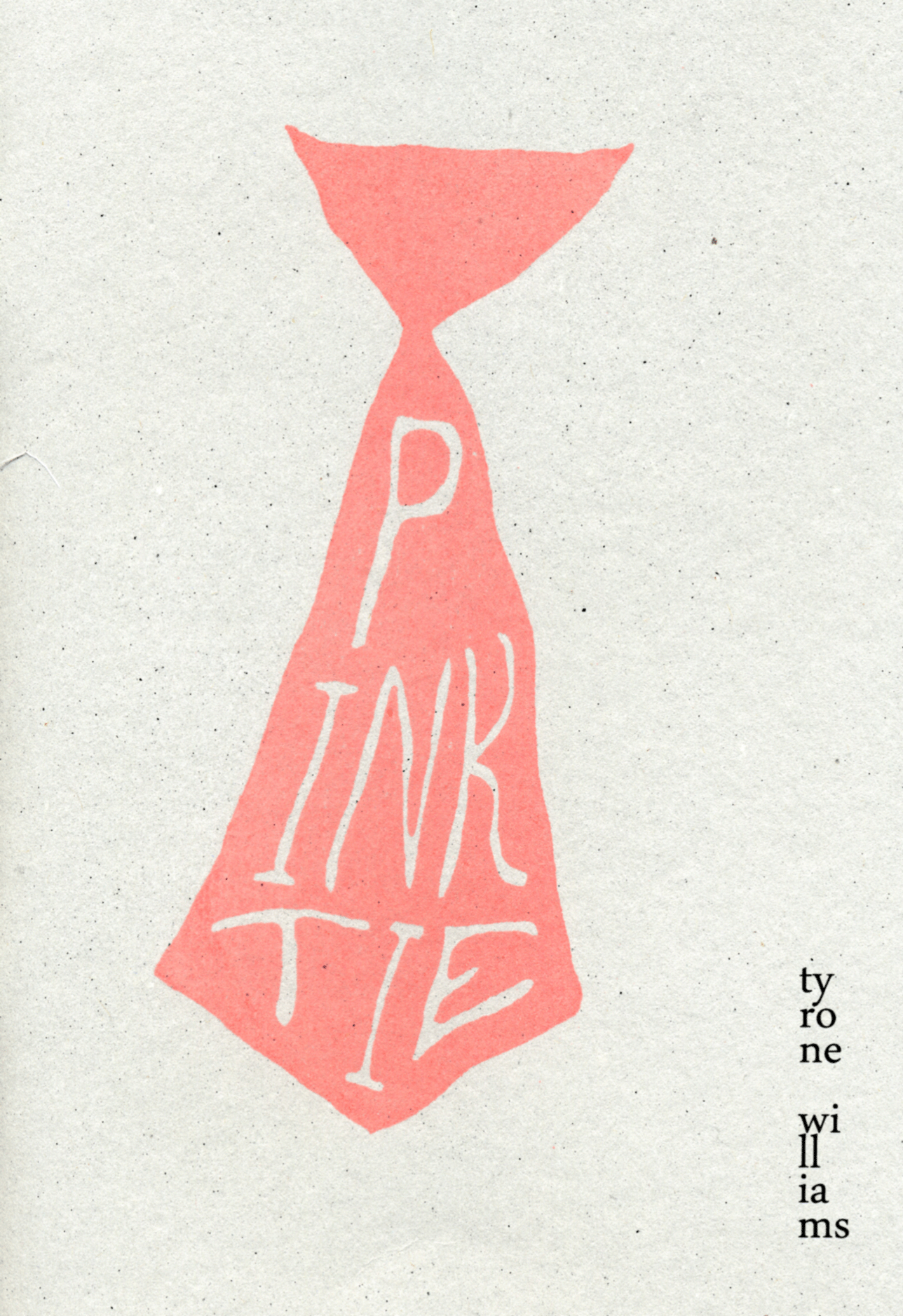
Tyrone Williams
Hunches, hedges, etc.
Tyrone Williams
Hemispheric history 101
Roberto Tejada's takedowns ...

June 23, 2014
Half and a second ...
June 20, 2014
First and a half
June 18, 2014
Notes away from a petite avant-garde
Toward elsewhere ...
June 15, 2014
One woman's garbage ...
June 13, 2014



